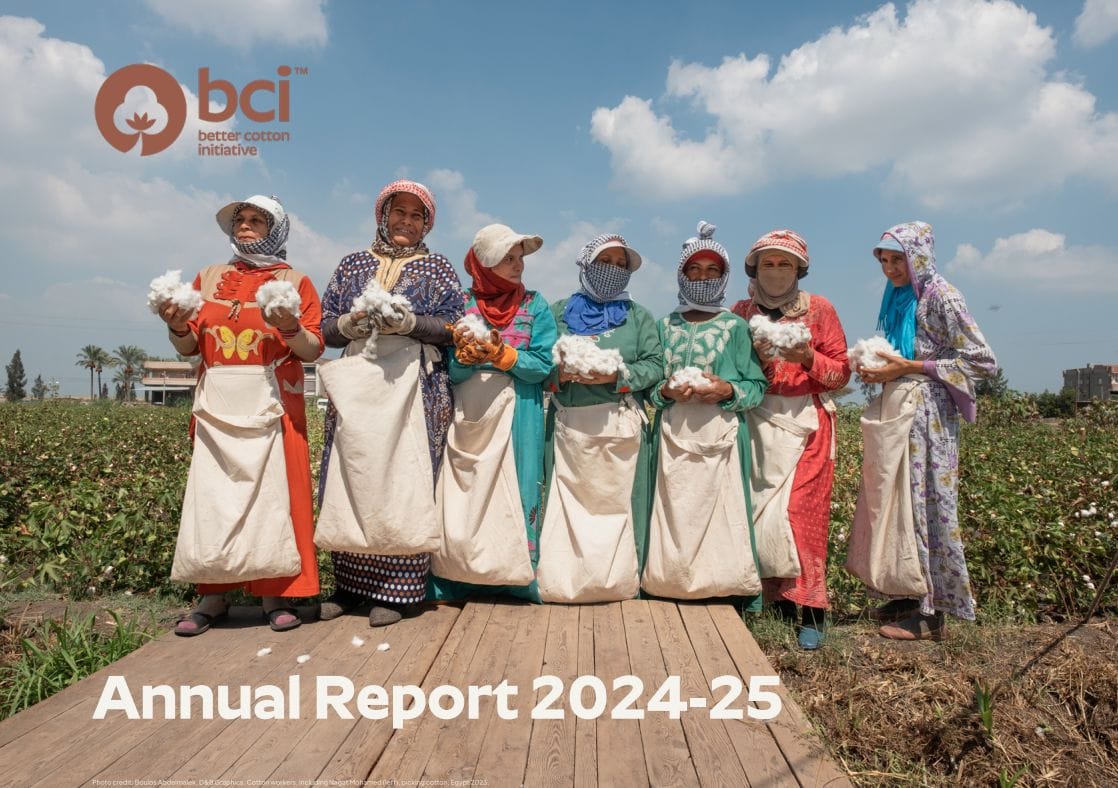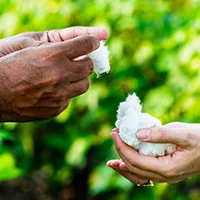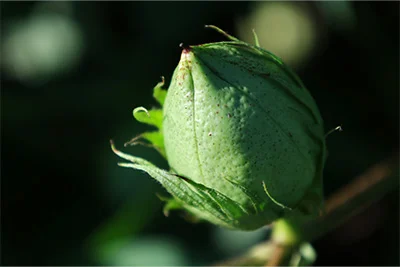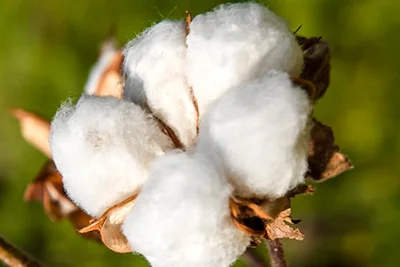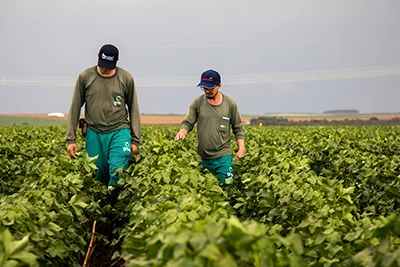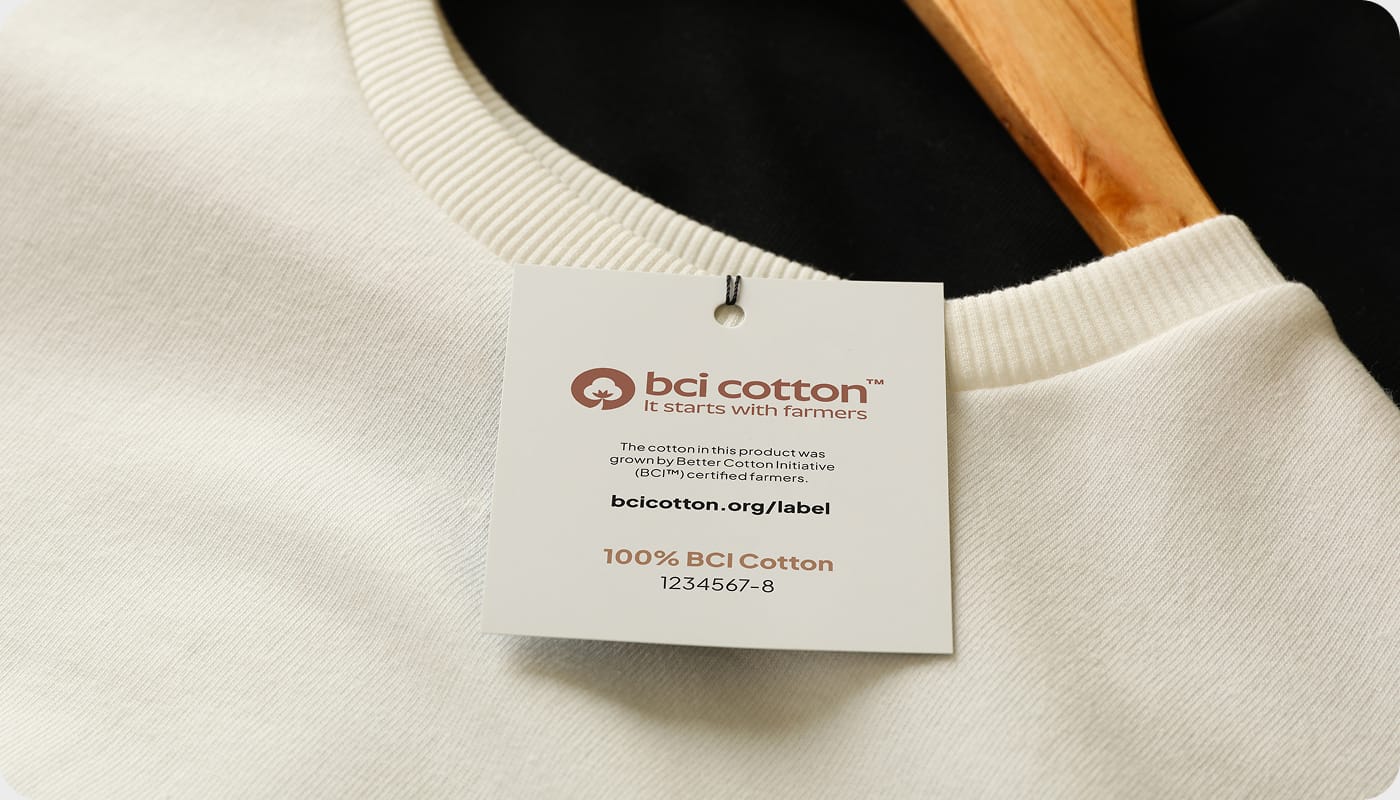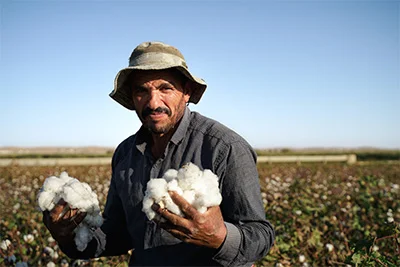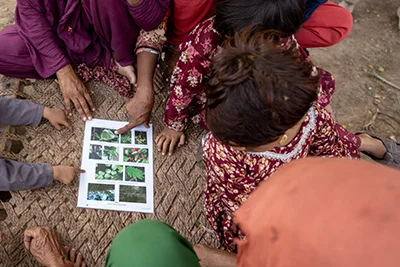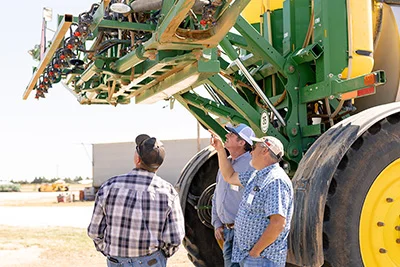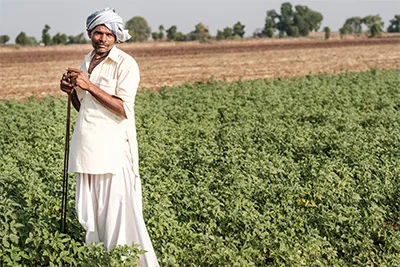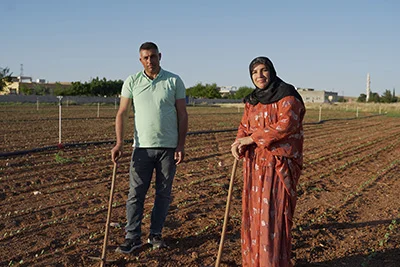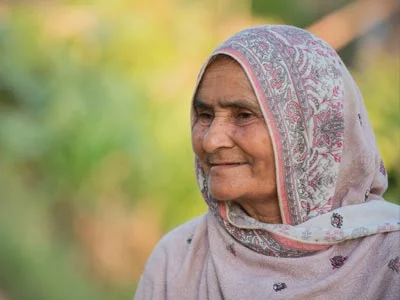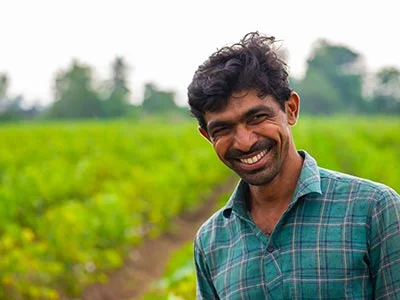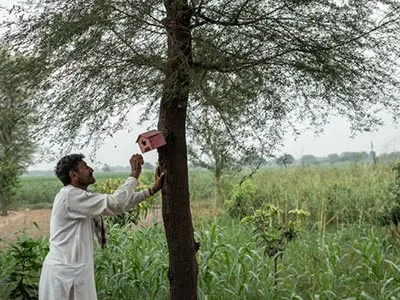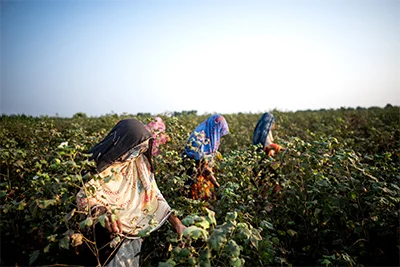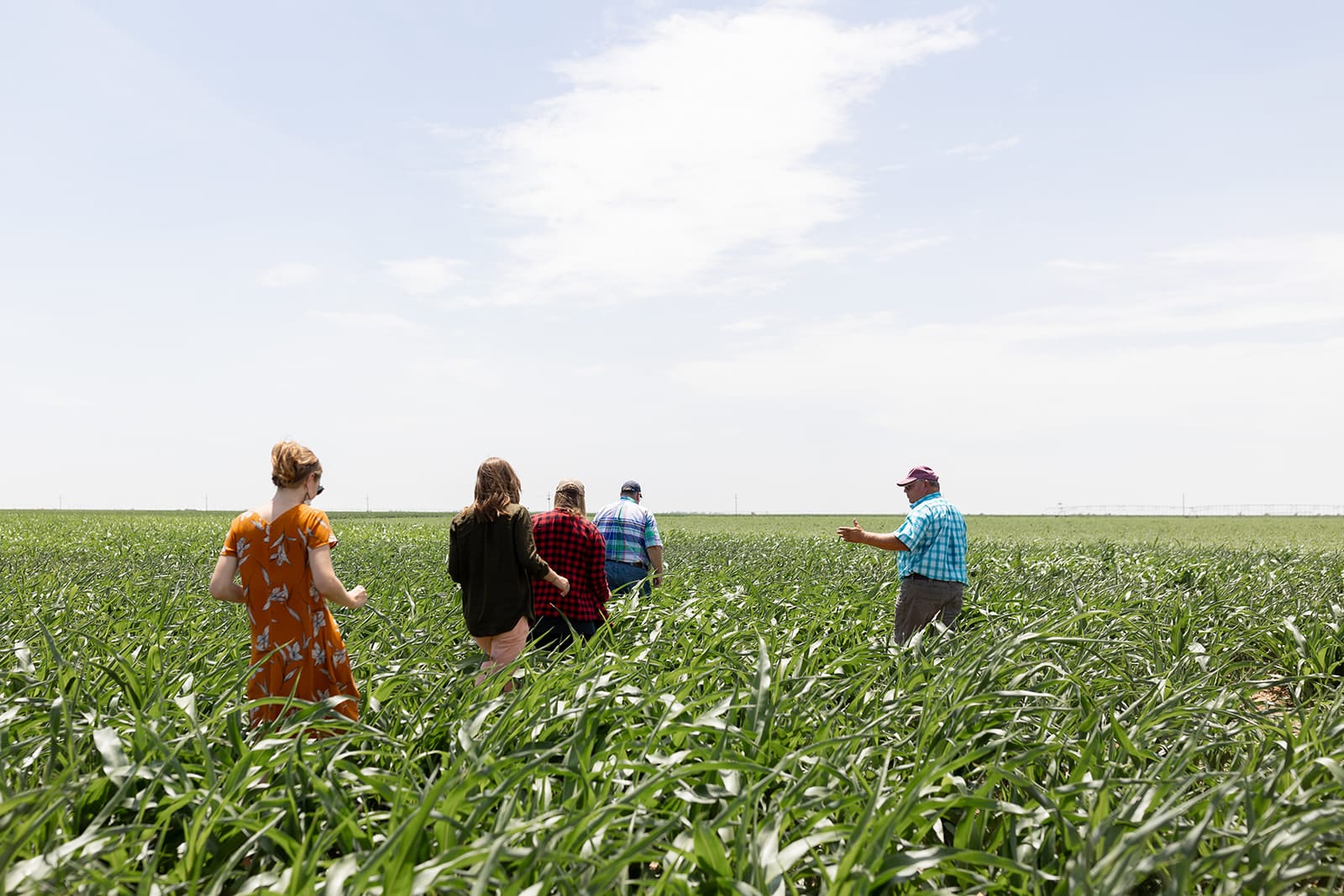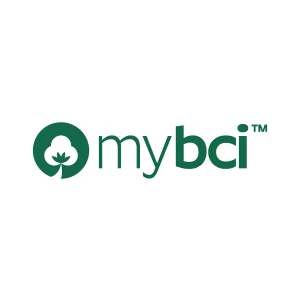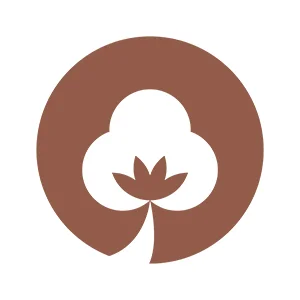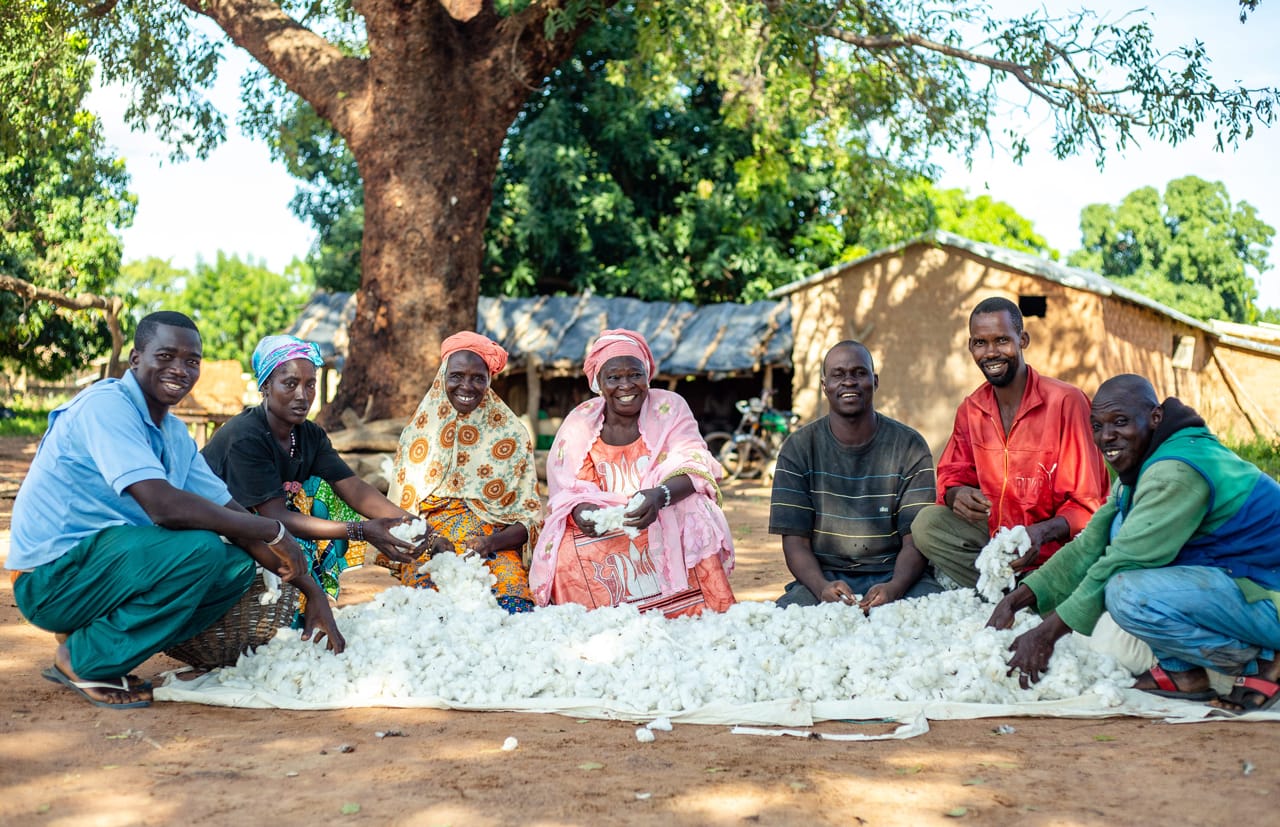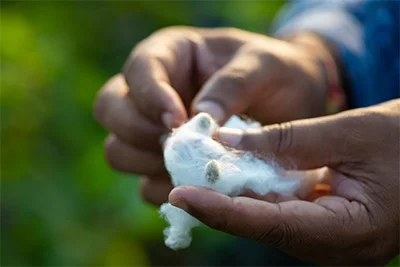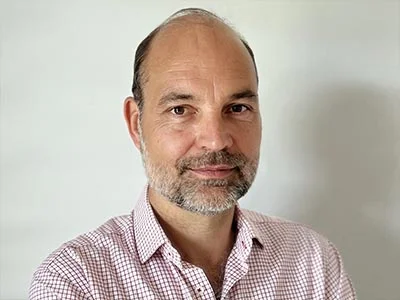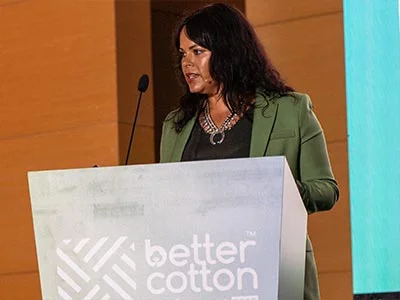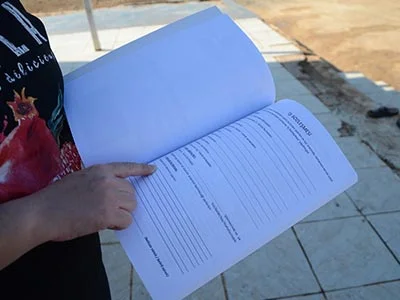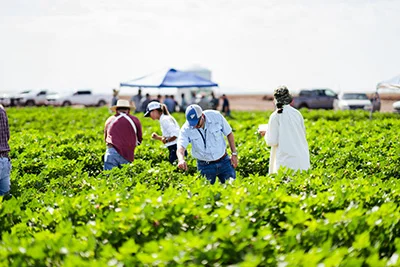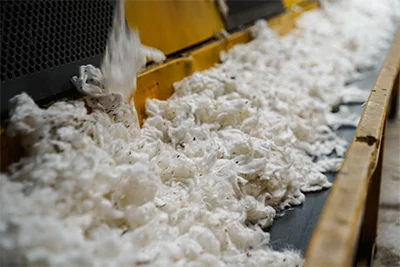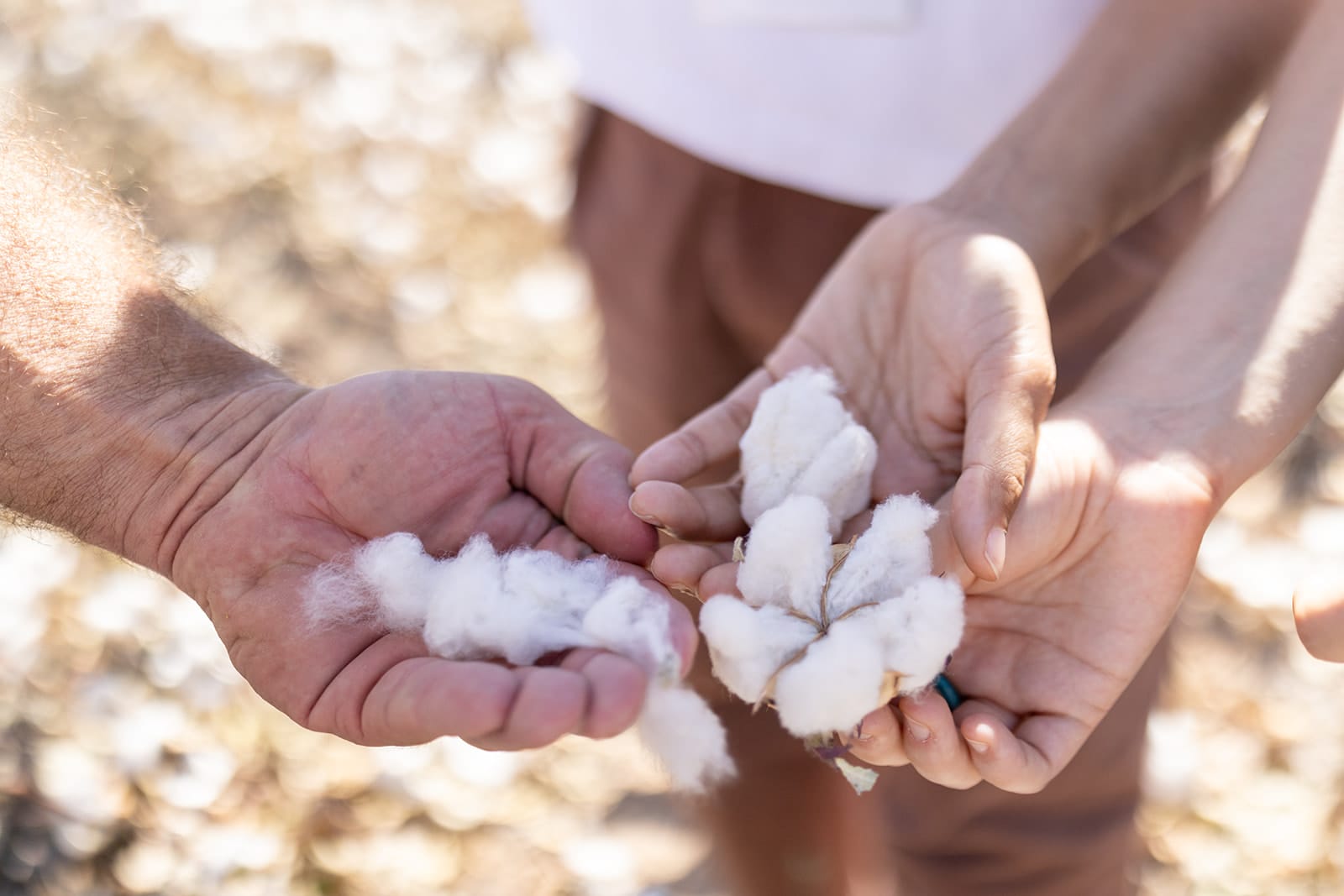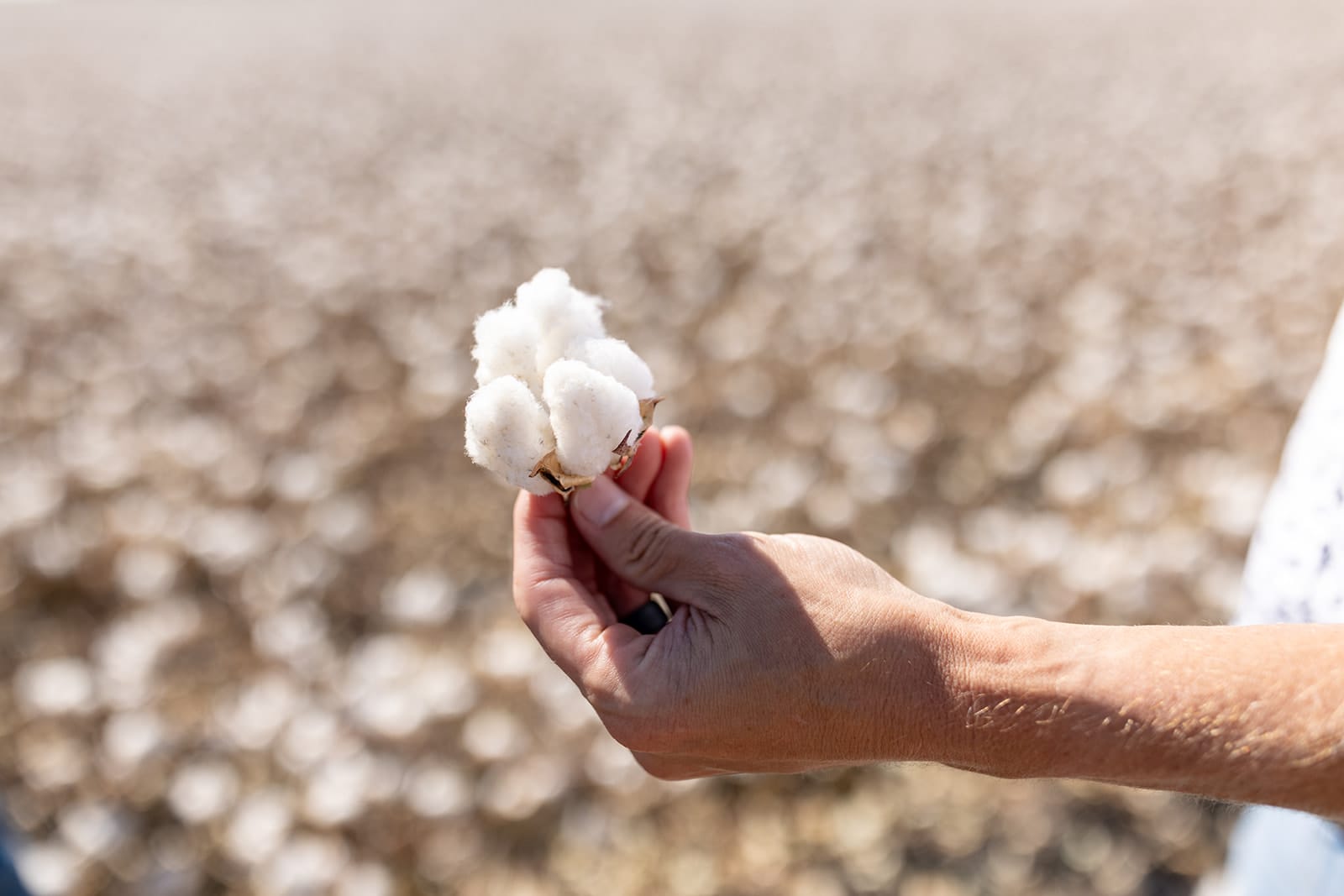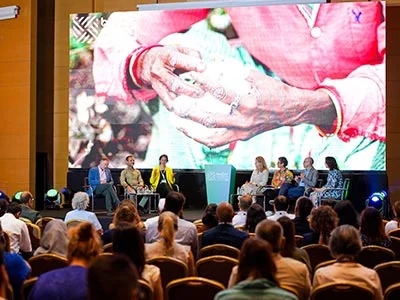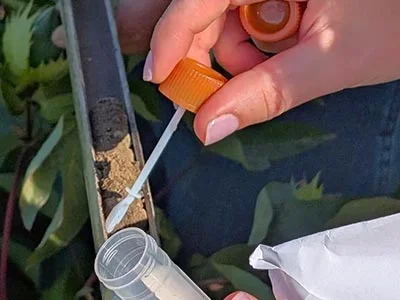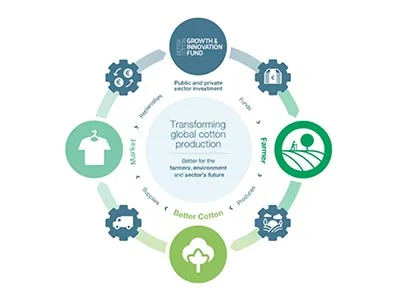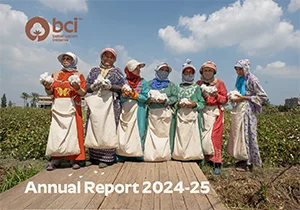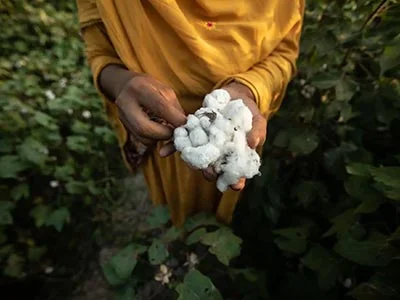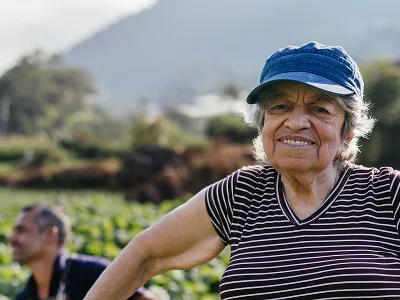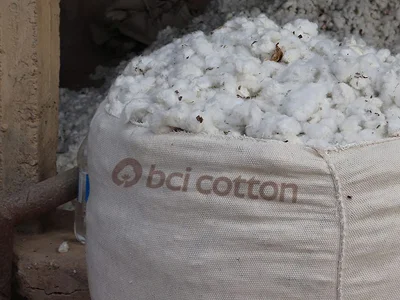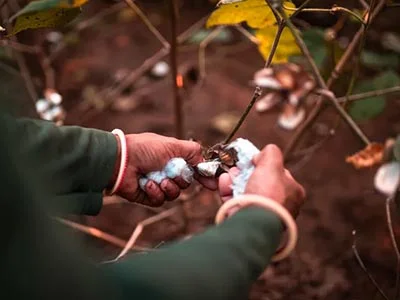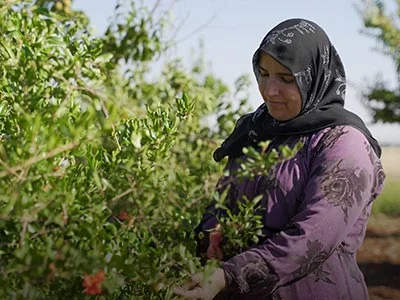
Better Cotton is joining more than 50 natural fibre organisations and environmental groups in supporting calls for an urgent revision of the European Commission’s Product Environmental Footprint (PEF) methodology.
Better Cotton has joined the Make the Label Count coalition to amplify calls for the European Commission to revise its method of calculating the environmental impact of textile fibres.
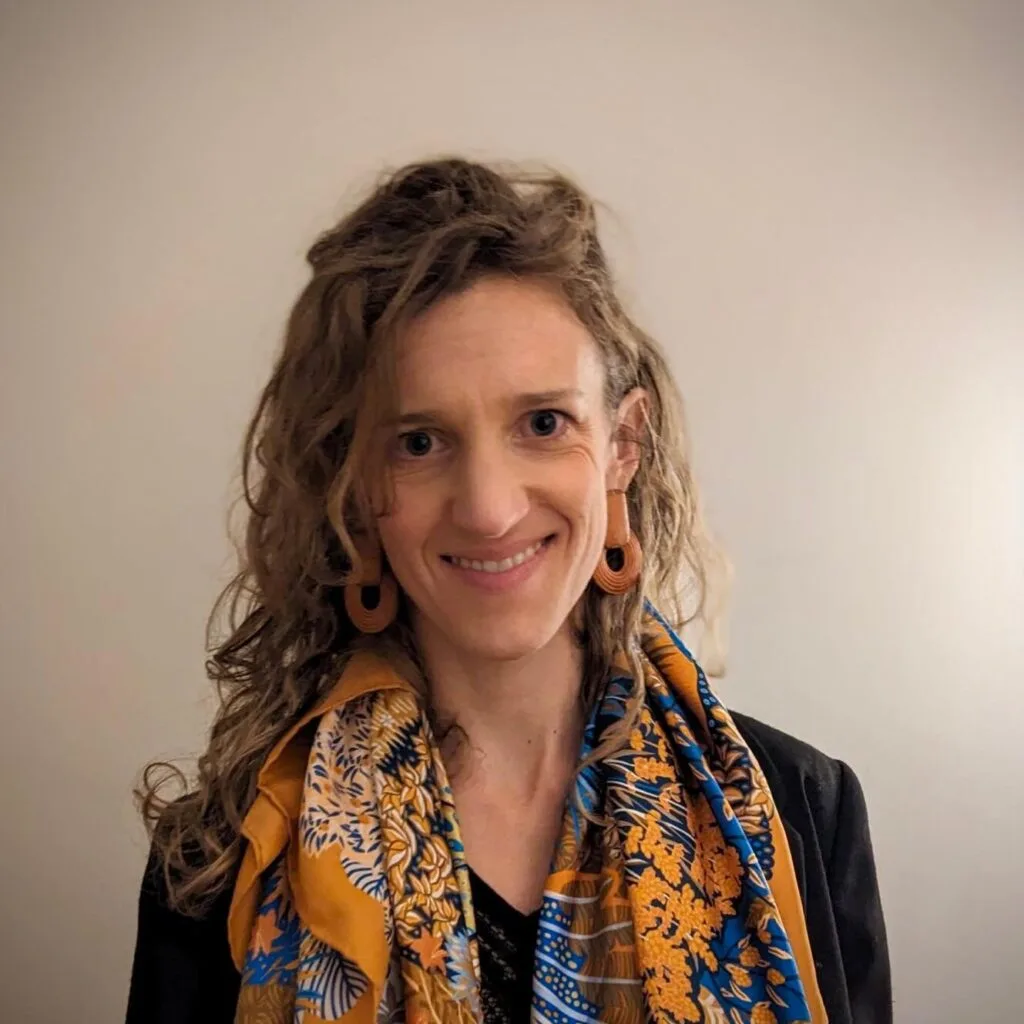

Make the Label Count is an incredibly important movement. EU regulators are shaping the future of the fashion and textile sectors as we speak. The methodology they adopt will play the hugely important role of telling the story of sustainability progress across our industry and beyond, and will be critical to eradicating greenwashing.
Backed by more than 50 natural fibre organisations and environmental groups, Make the Label Count advocates for fair, transparent and credible sustainability information across the fashion and textile sectors.
The coalition takes issue with the way in which the European Commission’s Product Environmental Footprint (PEF) methodology currently calculates the impact of natural fibres compared to synthetic materials for apparel and footwear. In its current form, the PEF methodology deems a 100% polyester T-shirt to be 42% more sustainable than a 100% cotton t-shirt.
The coalition has highlighted that this is because the PEF methodology currently fails to account for significant environmental impacts unique to synthetic fibres, including microplastic emissions, post-consumer plastic waste, and the fact such materials are not renewable.
“We’ve had major advancements in research and knowledge around the environmental impacts of the textile industry, but these aren’t included in the current methodology,” explained Make The Label Count co-spokesperson Elke Hortmeyer, also from Bremen Cotton Exchange. “Current methodology does not adequately consider microplastic release, biodegradability nor renewability, which are the areas where natural fibres really shine.”
Make the Label Count calls on the European Commission to amend the PEF methodology by integrating environmental indicators that would account for these three impact areas and ensure that the PEF methodology is truly representative of each fibre’s complete lifecycle and impact.

